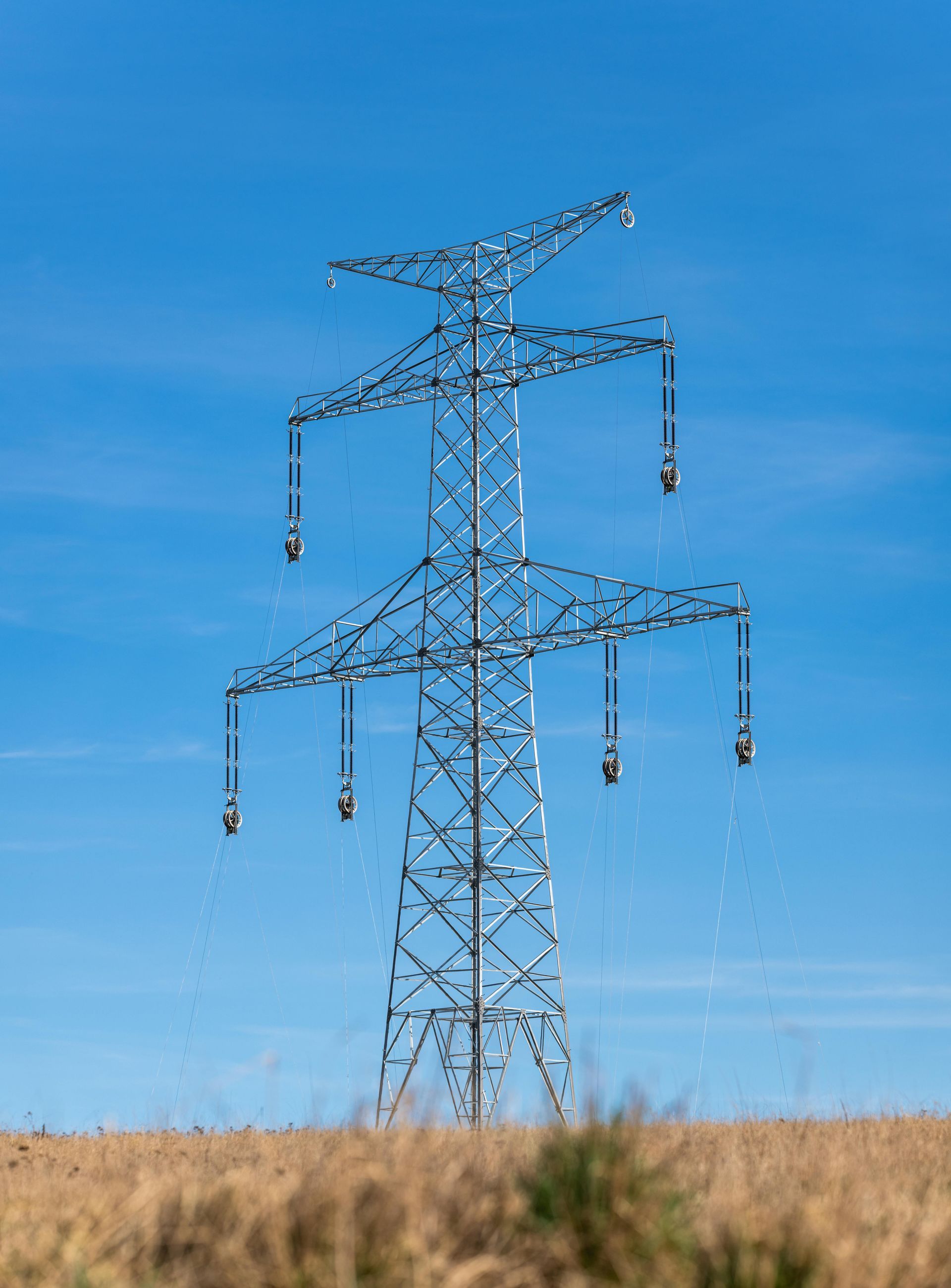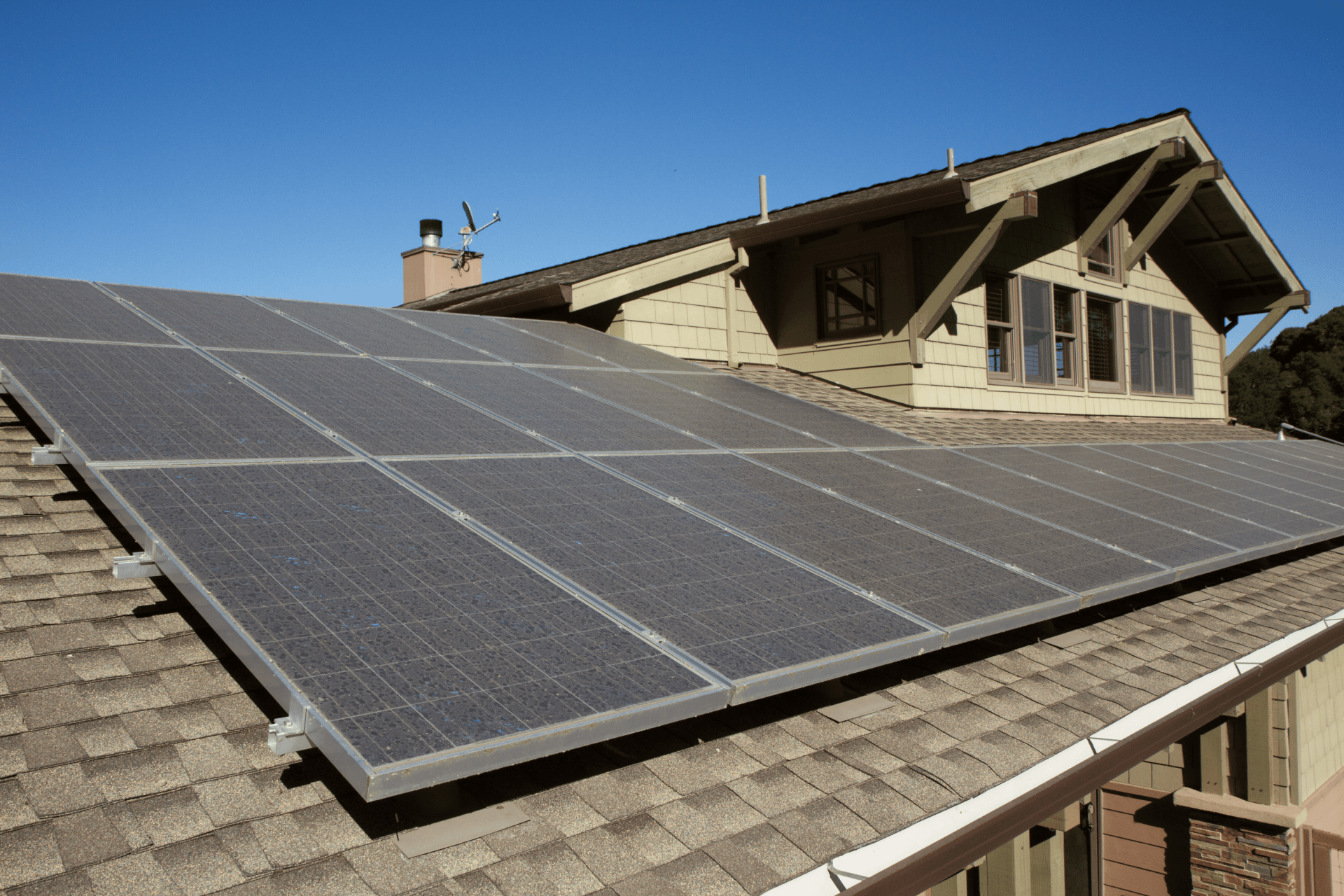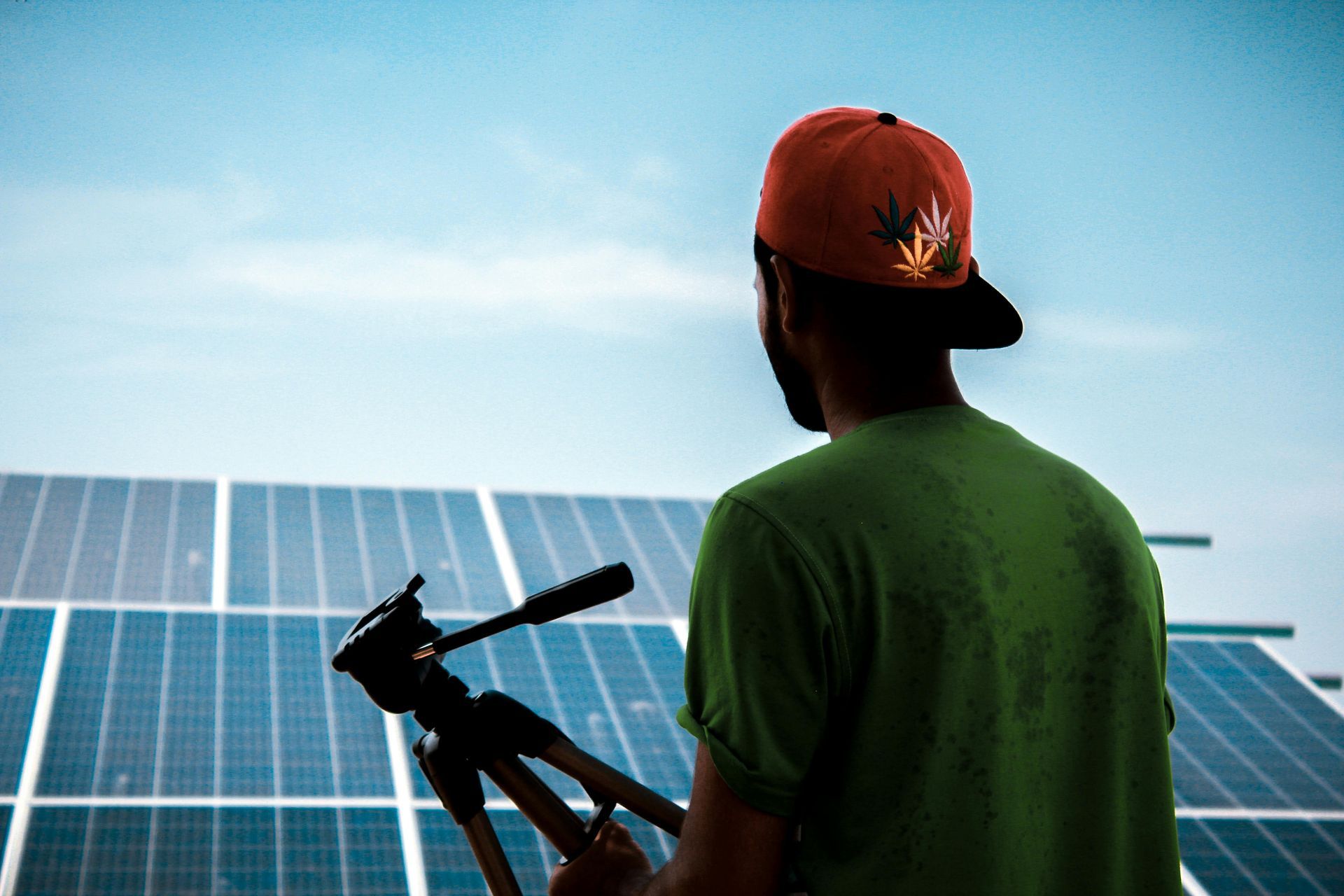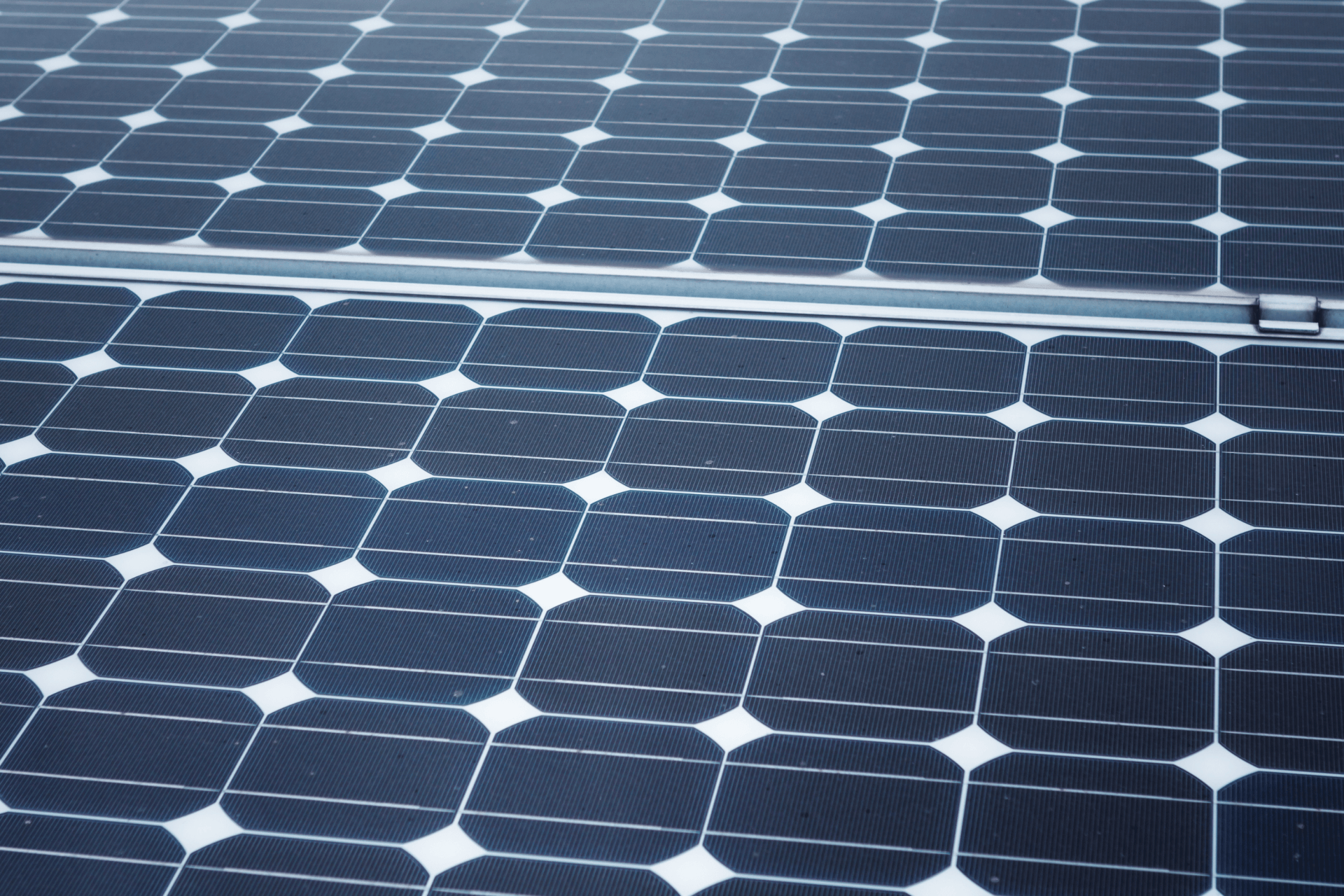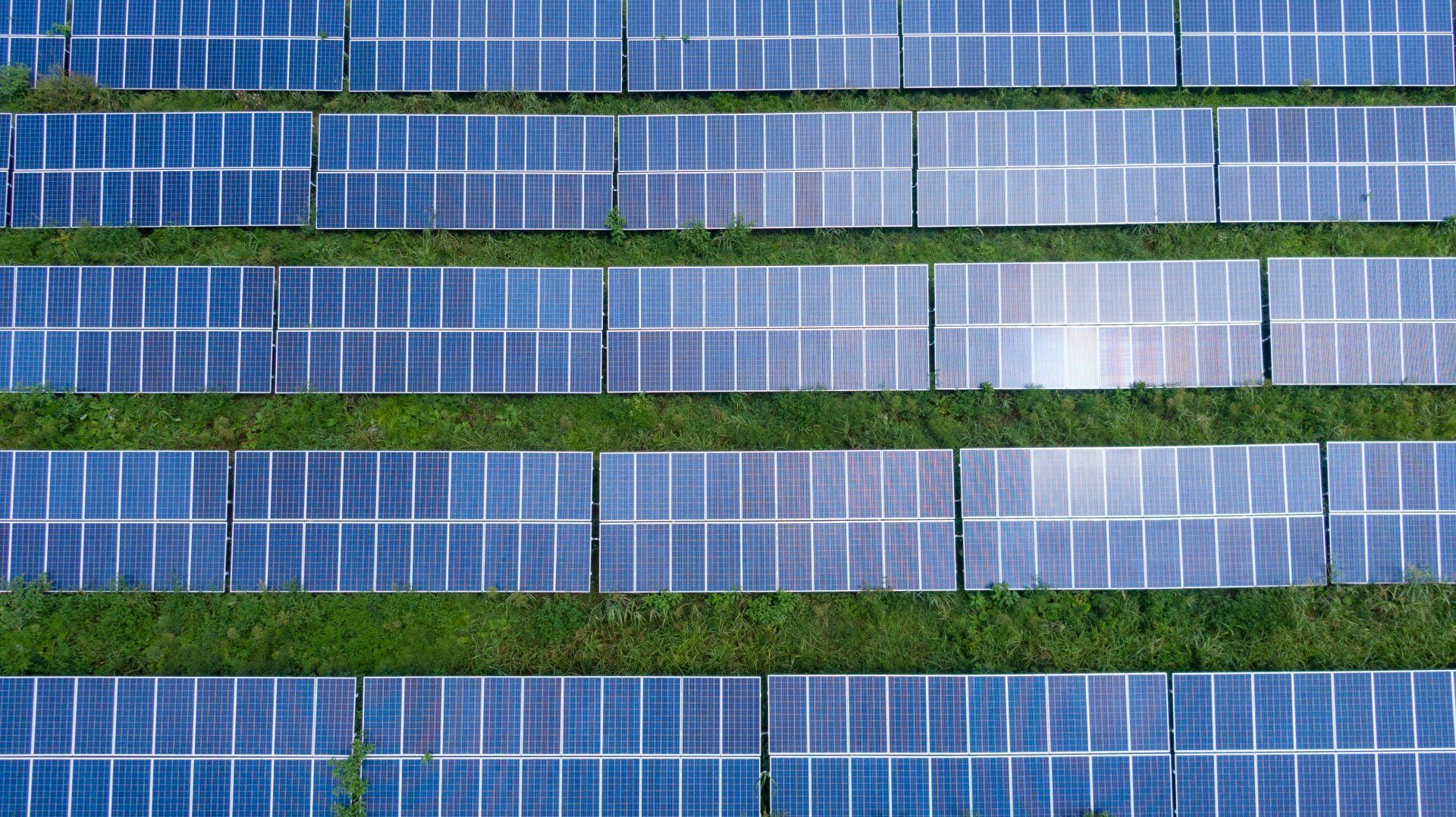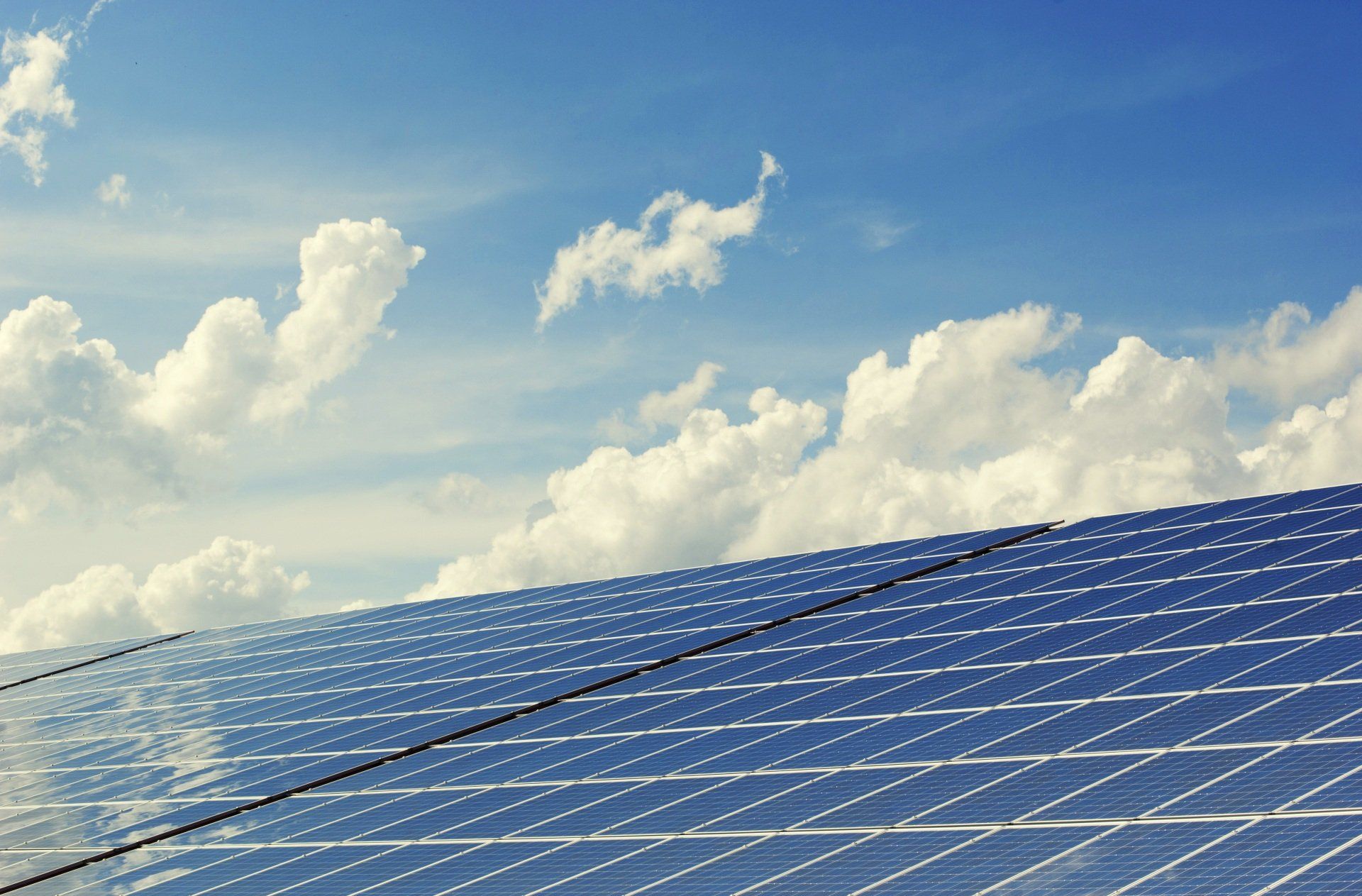Solar Panel Add-on
Important Considerations for Solar Panel Add-ons
Many homeowners and business people in Fresno, California, want to know if they can add more panels to their existing solar panel system. The simple answer is yes. As long as there’s enough space on the roof, it is okay to install a solar add-on.
Solar companies usually provide the required minimum, say eight panels. This is because most homeowners request an installation on a tight budget. Again, it would be uneconomical to have a single panel installed. So, what situations necessitate adding more panels? And what are the key points to consider before getting started?
Why Add More Panels?
The reasons people want to add more panels seem to overlap. But the two main ones are as follows.
If the original inverter is oversized, a solar add-on can fill the remaining capacity: Inverters feature one or two MPPT inputs (maximum power point tracker) to squeeze optimum energy from the panel strings. If the inverter has a single MPPT input, adding panels of the same amperage and voltage is recommended because a mismatch can adversely affect the energy yields.- If the property owner loses premium feed-in tariff yet they want to expand the solar capacity: Systems installed under feed-in tariffs were small and expensive, so people needed premium FiTs to reduce costs. But now that PV solar panels have become more affordable, it makes sense to use solar energy without strong or generous FiTs. Nevertheless, those who wish to expand their existing systems risk losing the benefits of state-sponsored feed-in tariffs.
Request a quote
Lead Gen Contact Form
What to Consider When Adding Solar Panels
The factors will differ depending on the rationale for the new solar installation. This article looks into each one of them in detail below.
Requirements for the Additional Capacity
If the objective is to have additional energy, it is good to consider how big the system should be. Some homeowners want to cover 100% of their electricity bill. Others want to reduce power consumption by a certain amount. An experienced solar installer knows best what size of the solar add-on can meet specific goals. Suppose the cost of electricity has doubled since the initial solar panel installation. In that case, a professional can help determine how much additional power is needed to offset the bill based on the Net Energy Metering utility bill and previous true-up statement.
An experienced installer advises on how to choose the right size for a solar system depending on two things: the available space and the city’s restrictions on how much energy a household can generate. Moreover, utility companies have distinct limits on the maximum power that solar systems should produce. It is advisable to use the same type of panels that exists in the old system. If the original models and designs are not available on the market, the installer will recommend another panel with the same power output and energy rating.
The Location and Space for Additional Panels
It is imperative to consider where the solar add-on goes and how much space it occupies. Finding a space exposed to the sun is usually a problem in an existing roof-mounted solar system. However, this is not a big deal in ground-mounted systems. Important to note is that panels perform best when they face south. They must also be placed away from obstacles and shades, e.g., tall structures and trees.
Incentives
Surprisingly, the addition of new solar panels turns out to be more economical than ever before. The cost of installing add-ons could be less than that of setting up the original solar system. Incentives for expanding a solar system differ significantly from those of first-time installations. Luckily, provided the user owns the system (rather than lease or PPA) and has a tax liability, they have the right to use the government’s 26% Solar Investment Tax Credit. Commercial property owners may leverage MACRS accelerated depreciation to recover the cost of assets that depreciate over time.
Solar Battery
Another possibility for expanding the home solar system is adding a solar battery to store excess energy. But this requires a permit. When taking this route, there might be a need to replace the solar inverter so the system can handle the extra energy. A solar battery would be more efficient than adding new solar panels to the existing system. But if a homeowner decides to add more panels, a battery will come in handy to attain maximum energy that will offset power outages and prevent potential hazards. In essence, adding a solar battery comes with three benefits:
Protection against power outage: California experiences power outages when it gets hot and windy. Solar panels alone do not suffice to supply the much-needed energy for home use during those times. They are usually taken off the grid for safety purposes. A solar battery, therefore, becomes a good contingency plan.- Switching to ToU Billing: The Time-of-use billing reaches a peak rate when electricity consumption is highest, e.g., from 4 pm to 9 pm. It also applies when the solar system is not producing power. With a solar battery, the saved energy can be used when electricity charges reach their peak. This helps to maximize the amount of power bill to offset.
- Tax Incentives: California offers such incentives as the SGIP (Self-Generation Incentive Program) to households that have installed solar batteries. Another incentive for using solar batteries is the Federal Investment Tax Credit.
Permit
Most likely, a new solar installation requires a new permit. Moreover, the local municipality may demand a reinspection before expanding an existing solar panel system. A good solar installer examines the project and lets the client know what permit is needed when adding a solar battery or new panels.
Over the last few years, solar technology has evolved, making it possible to produce more efficient panels. In most cases, Solar Fresno recommends solar add-on to reduce energy bills. Whether it is for improving workplace efficiency or treating a household with a new appliance, solar panel installation significantly reduces the electricity consumption rate.


